Nội dung bài viết Đọc bài viết với ngôn ngữ Tiếng Việt Hệ thống thông gió bếp I. Overview A […]
Read more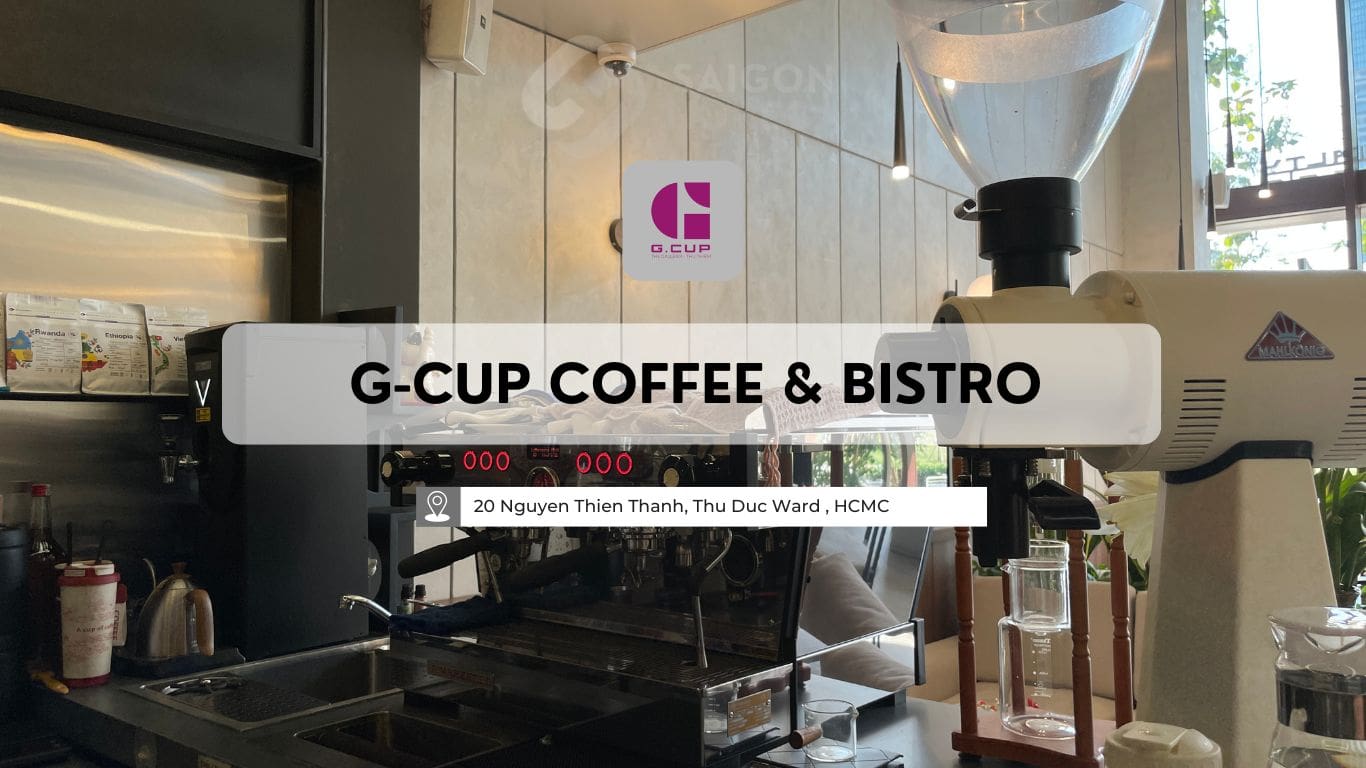

“Will you choose new or old restaurant equipment for your business journey?”
Every decision when opening a restaurant is a strategic step, especially when it comes to choosing industrial kitchen equipment – the heart of every kitchen activity. Invest in new restaurant kitchen equipment with modern technology and long-term warranty, or choose used equipment to save costs? This is not just a financial problem but also a story of quality, performance and long-term potential.
How can you balance the investment efficiency and the actual needs of your restaurant? In this article, we will analyze each choice, delve into the pros and cons, helping you have a comprehensive view and make the wisest decision when faced with the question: “Should you buy new or used restaurant equipment?”
When considering investing in new restaurant equipment, the first thing restaurant owners notice is superior performance and reliable durability.
A real-life example is that when using a new industrial induction cooker, you can save significantly on monthly electricity costs thanks to energy savings and precise temperature control, which is difficult for older equipment to ensure.

However, besides the benefits, the new restaurant equipment requires a significant initial investment. For many small restaurants or startups, this initial cost can be a big challenge.
And it should be noted that the value of new equipment tends to decrease quite quickly when resold, leading to long-term financial risks. The choice of new equipment needs to be carefully considered to ensure that this investment truly brings long-term value to the restaurant.
In particular, the appeal of new equipment can easily make you spend more, possibly buying equipment that is not really necessary or not used to the fullest, leading to waste of costs and resources.
When purchasing new equipment, you can be assured of quality and operational efficiency, but at the same time, this is a decision that requires deep consideration of benefits and costs to ensure compliance with the plan. restaurant finances.
Buying used restaurant equipment can be a reasonable choice for many investors, especially those looking to optimize their budget during the startup process. However, besides the obvious benefits, this choice also comes with some risks that you need to consider.
One of the main reasons why many people choose old restaurant equipment is that the price is lower than new equipment. This saves a significant budget, allowing you to invest in other aspects of your business such as marketing or menu development.
The used equipment market often has high quality products from famous brands at reasonable prices. You can find used machines and equipment that still work well and meet the restaurant’s operating requirements.

However, besides the obvious benefits, buying used restaurant equipment also has many potential risks that cannot be ignored. Old equipment may have experienced long service lives, so there is a high chance of experiencing breakdowns or reduced performance.
Cost repairing or replacing damaged parts can quickly exceed the initial savings you already have. Additionally, the warranty period for these devices is often short or even no warranty, making it impossible to feel secure during use.
While second-hand restaurant equipment is often a cost-effective option, without thorough inspection and maintenance steps, you may face unexpected costs for repairs or replacements. Therefore, choosing old equipment requires caution and understanding to ensure that you not only save costs but also protect the sustainable development of the restaurant.

When choosing between new, used or scratched equipment, there are many factors to consider:
New equipment, although more modern and reliable, often has a higher initial cost. Meanwhile, used equipment and scratched equipment can be more cost-effective in the early stages, but additional repair and maintenance costs can be incurred later.
It is necessary to analyze the restaurant’s financial situation carefully to make decisions that suit your budget and meet your operational needs.
Appliances such as refrigerators, which play an important role in maintaining food safety and quality, may be recommended for new purchases to ensure optimal performance and reliability.
Conversely, equipment that is less used or not so important for daily operations can be purchased second-hand without much impact on restaurant performance.
The volume of restaurant operations can also significantly influence your decision. Restaurants with a large and continuous customer base can benefit from new, powerful and reliable equipment. Continuous use of equipment in these environments can cause old equipment to fail quickly, leading to higher maintenance costs.
New equipment often comes with a comprehensive warranty, including multiple components and labor costs if the equipment crashes.
Meanwhile, used equipment may come with only a limited or no warranty, meaning any repairs or replacements will be at your expense. Consideration should be given to the benefits of a comprehensive warranty versus the cost savings of purchasing used equipment.
The expected life of the device is another important factor. New equipment, with unused components and advanced technology, is often expected to last longer than used equipment.
Old equipment, due to its previous use, may have a shorter lifespan and need to be replaced sooner. Therefore, considering expected life expectancy and costs can help you make more reasonable financial decisions.

The device’s potential resale value can also influence your choice. New equipment often drops in price faster than used equipment. So if you plan to resell the device in the future, used devices can keep the price better and bring in a higher price.
Ultimately, your decision also has environmental implications. Choosing used equipment can be considered a form of recycling, reducing the amount of waste and energy consumed during the production of new equipment.
If sustainability is an important part of your restaurant’s mission, this factor can greatly influence your decision-making process.
Considering all of these factors will help you choose the most suitable restaurant equipment for your needs, optimize costs and ensure efficient business operations.
When deciding to buy restaurant equipment, choosing wisely and economically is extremely important. Here are some tips to help you get there:
Before shopping, take the time to thoroughly learn about the restaurant equipment market.
For used equipment, health and performance testing cannot be ignored. Ask to see and test the device before deciding to buy.
Make a list of reputable suppliers and compare prices and warranties as the next step in the procurement process. Don’t hesitate to negotiate to achieve the best price. Some providers may also offer attractive offers or promotions.
If you feel unsure, seek advice from companies specializing in restaurant equipment such as Saigon Horeca. Experts will help you make the right choices based on your needs and budget, thereby saving time and costs.
When looking for a restaurant equipment supplier, Saigon Horeca stands out as one of the top choices, specializing in providing and consulting on high-end industrial kitchen equipment solutions.
Furthermore, Saigon Horeca is committed to a post-purchase warranty, providing absolute peace of mind to customers. We understand that industrial kitchen equipment is an important factor affecting restaurant performance and operating costs. Therefore, our after-sales service is designed to support you promptly in any situation.
Choose Saigon Horeca – where prestige, quality and reliable after-sales service accompany you on your culinary business journey.



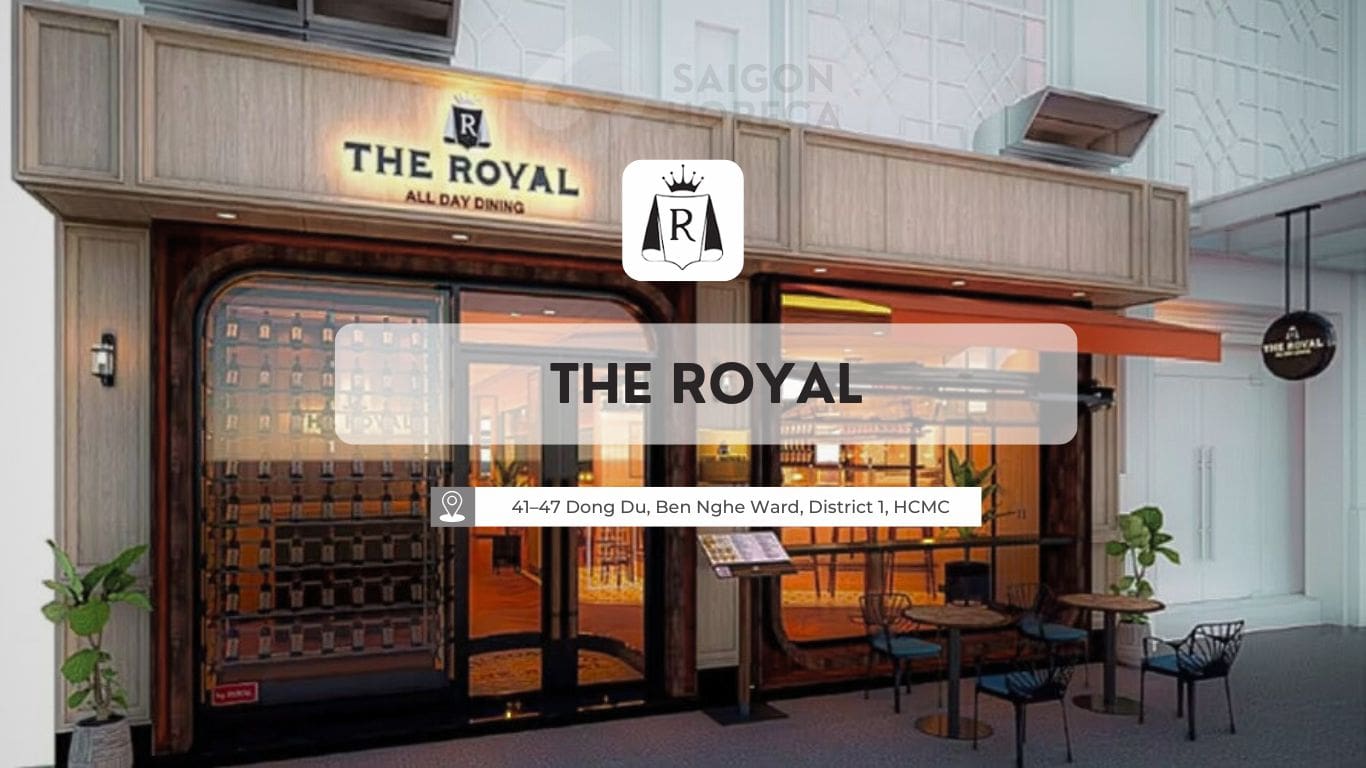



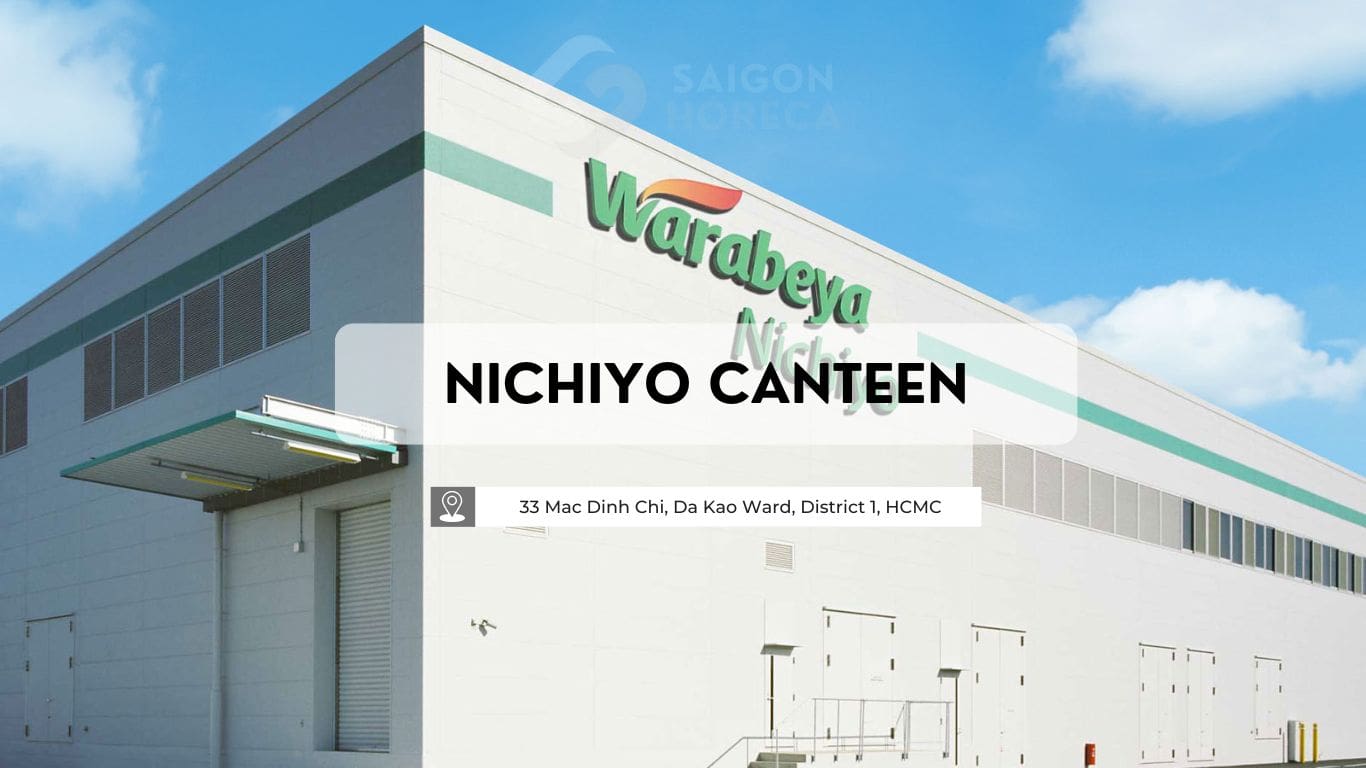

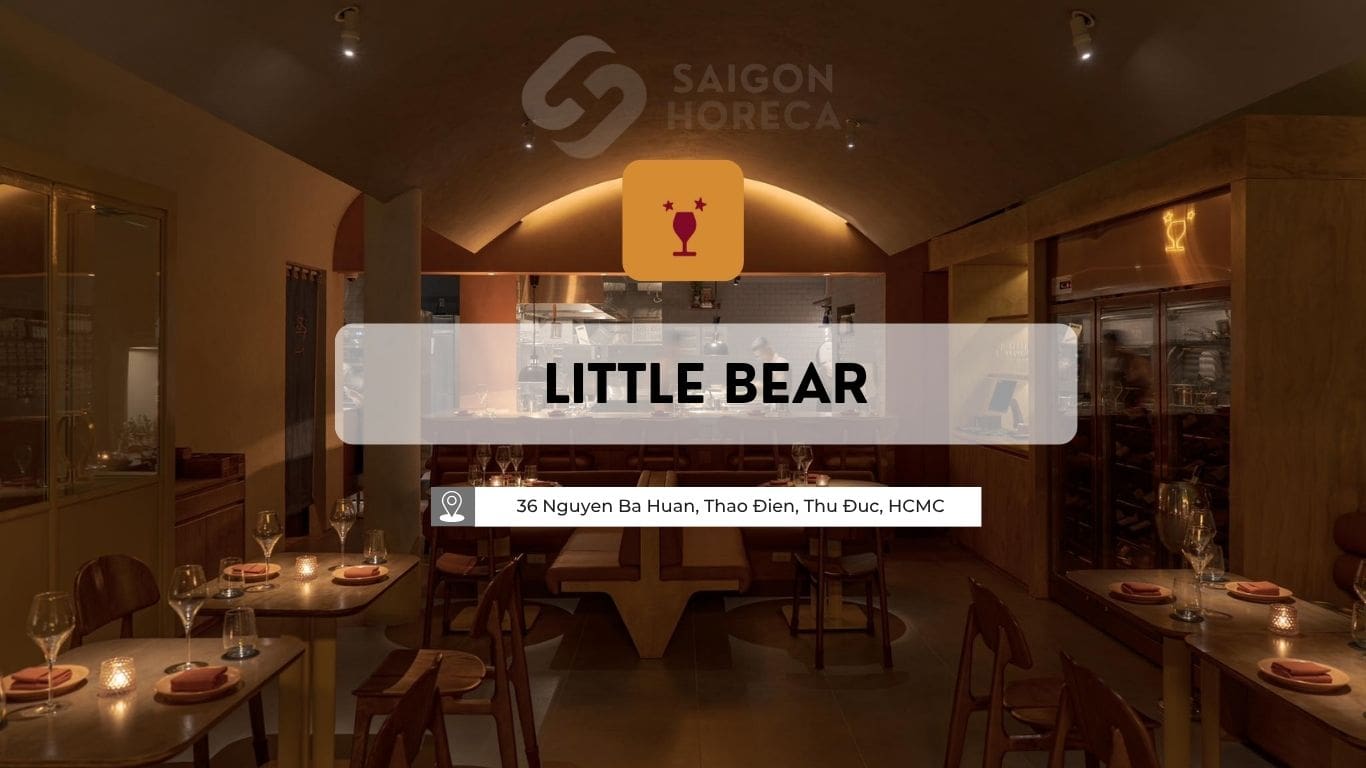

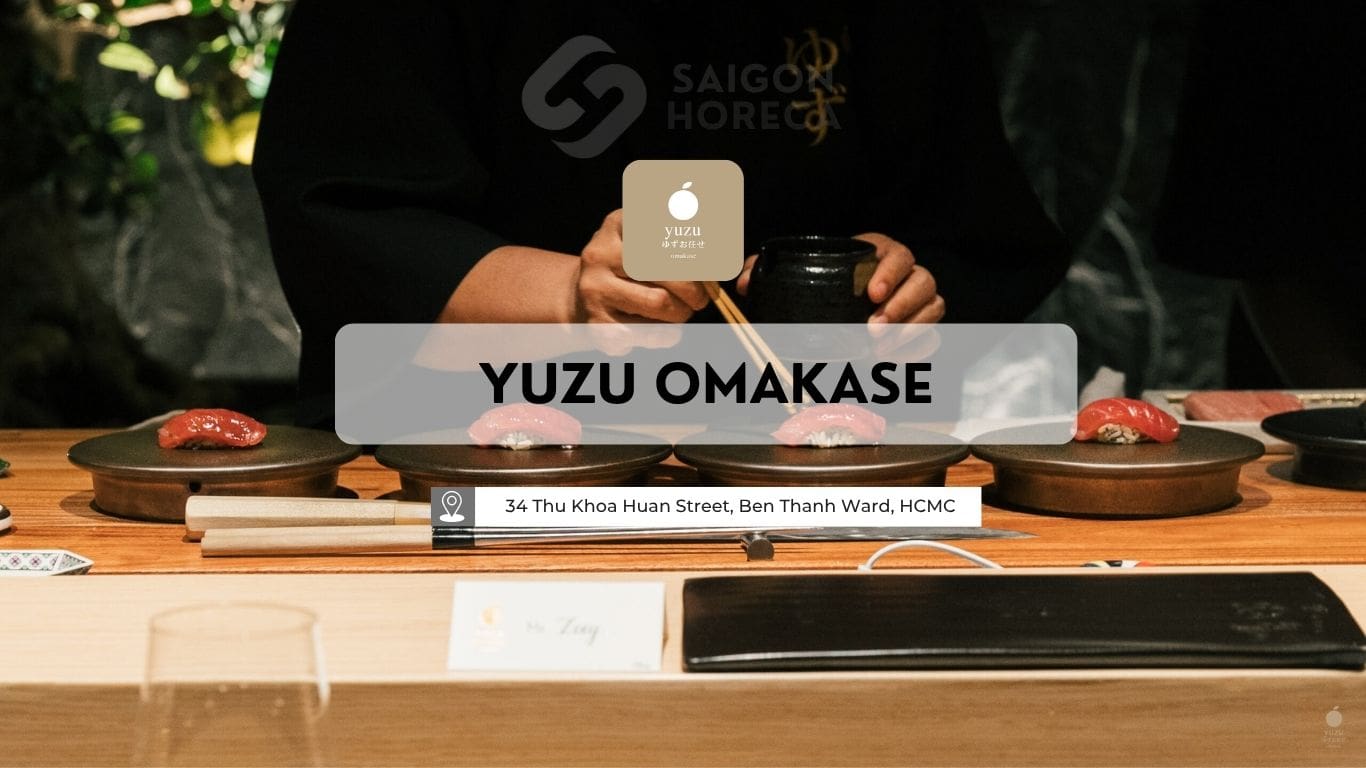
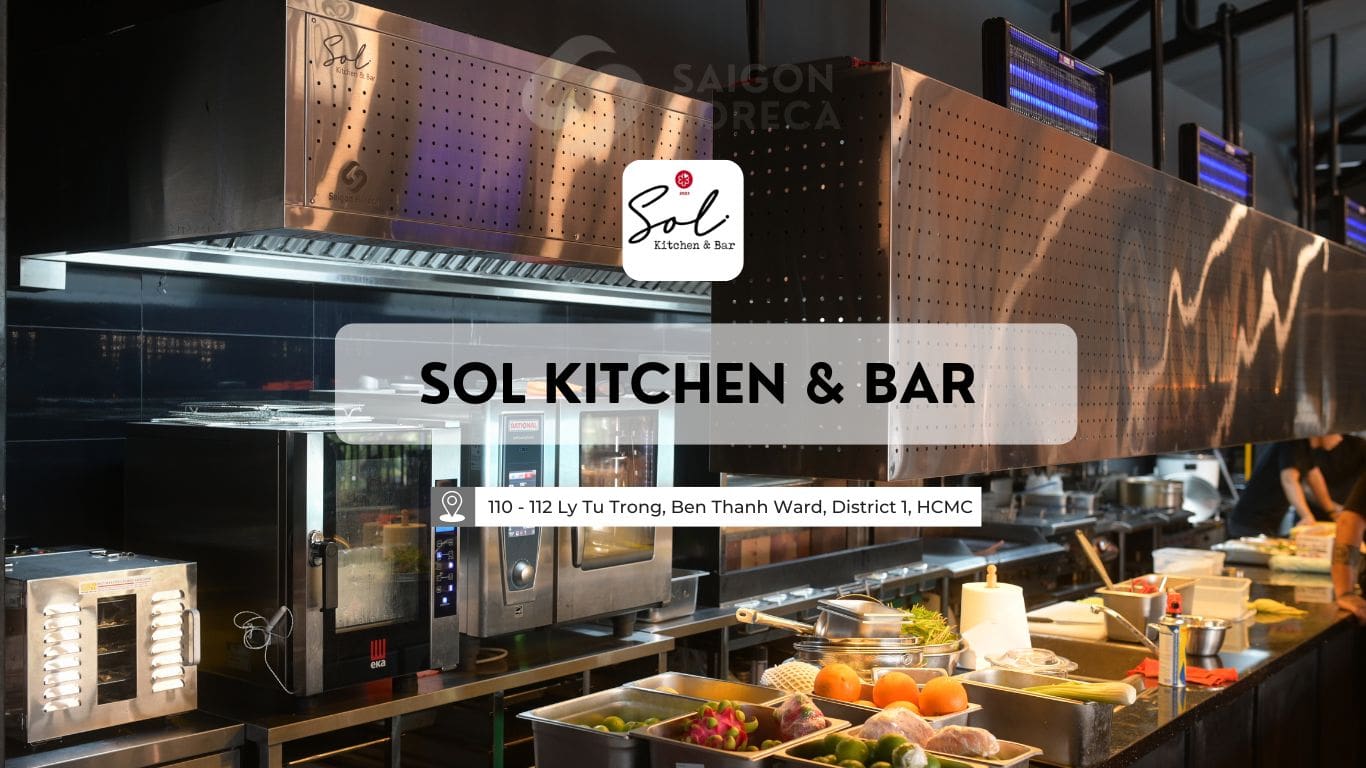
Monday - Friday
from 8h00 to 18h00
40 Street No. 6, Melosa Garden, Phu Huu District, HCMC
Contact anytime
Nội dung bài viết Đọc bài viết với ngôn ngữ Tiếng Việt Hệ thống thông gió bếp I. Overview A […]
Read moreLooking to elevate your grilled dishes with a Salamander Grill? With its ability to grill quickly and evenly while giving […]
Read more